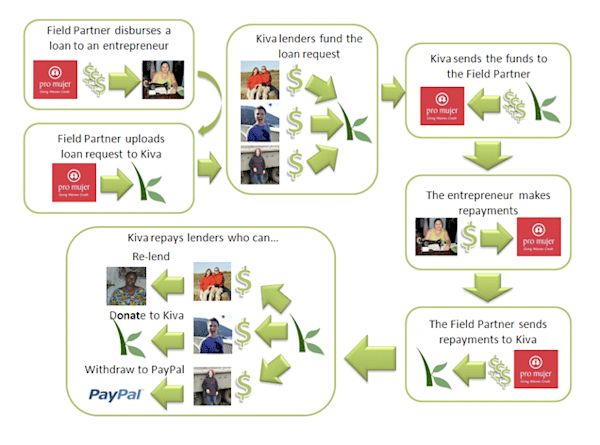Client Waiver Implementation: Not as Boring as it Sounds!
November 13, 2010
For me, one of the most interesting and potentially controversial challenges for Kiva’s lending model revolves around the concept of posting photographs and stories about real people, their lives, and their financial activities – and the privacy issues this entails. There are undoubtedly millions of microfinance clients that live in such remote areas that they don’t know what the internet is, or even if they do, lack knowledge and understanding about the speed and extent to which information can travel. How do we explain to these people how the Kiva model works and how their information will be used?
Fortunately, I am working in a part of the world where computers and the internet are about as widespread as rice and potatoes. While this makes it easier to explain Kiva to potential clients, the process of informing them of how their information and photograph will be used is nonetheless an important and serious matter.

How do we effectively explain the Kiva model to borrowers with a limited understanding of the internet?
In the course of my first two weeks in Bolivia, I have accompanied ProMujer Bolivia’s Kiva coordinator to a number of group loan disbursals, affording me the opportunity to see firsthand how Kiva is presented and explained to potential clients. After a brief description of what Kiva is and how its relationship with ProMujer works, highlighting the role of the internet in the process, the Kiva coordinator asks the group’s permission to snap a photo and interview one person from the group (usually the president of the Communal Bank).
Last week, during one of these presentations, the president, or spokeswoman for the group, expressed concern that not the entire group was in agreement. A fifteen-minute discussion ensued, in which bank members expressed that they did not want to be photographed at their place of business; the Kiva coordinator explained that the only photo that would be taken would be of the group as a whole at the moment of their loan disbursal.
While the Kiva coordinator became frustrated when it appeared that this Communal Bank might not agree to have their loan posted on Kiva, I was actually pleased with what I had witnessed. The fact that the Kiva model was effectively explained to borrowers and that it led to an open and democratic conversation as to whether the group would participate, to me, represented a greater success for Kiva, via its ability to ensure transparency for all stakeholders.
Endnote: The group did, after exhaustively debating the pros and cons, decide to have their loan posted to Kiva.
Check out which ProMujer groups are currently funding on Kiva!
Julie Shea is a Kiva Fellow currently working with three of Kiva’s Bolivian field partners: ProMujer Bolivia, CIDRE, and Emprender.
PREVIOUS ARTICLE
The range of rural to urban businesses in pictures →NEXT ARTICLE
You’re going to Texas?? →













